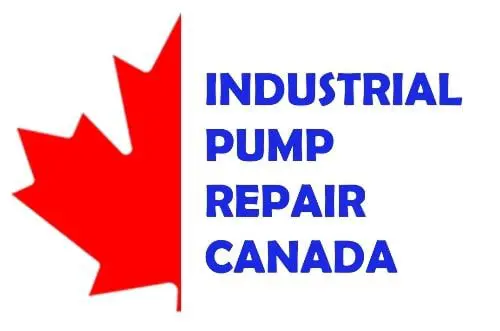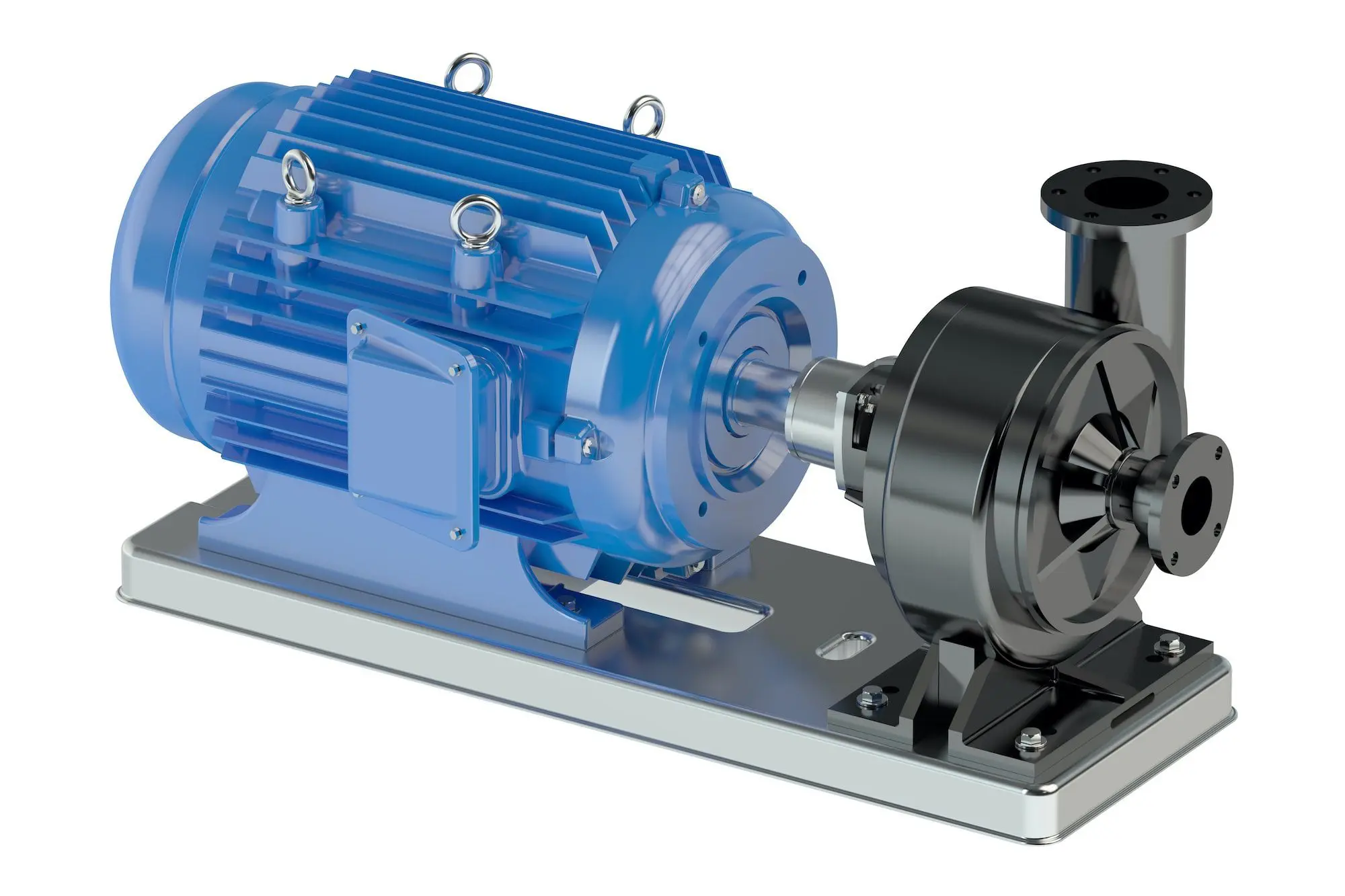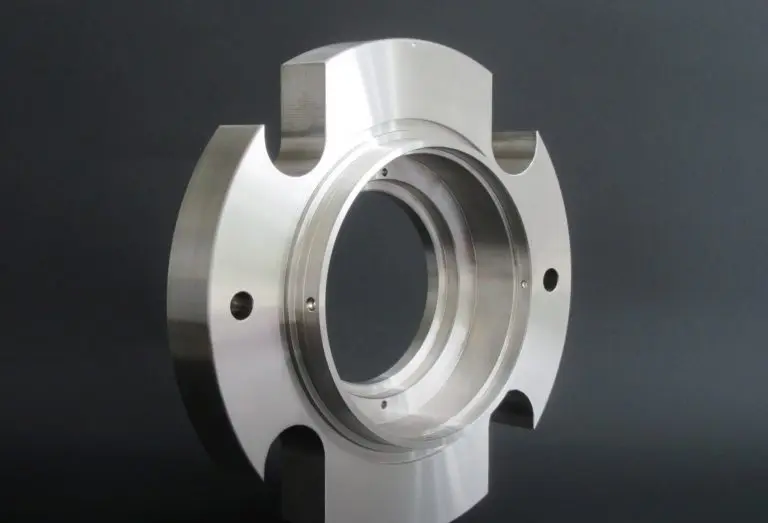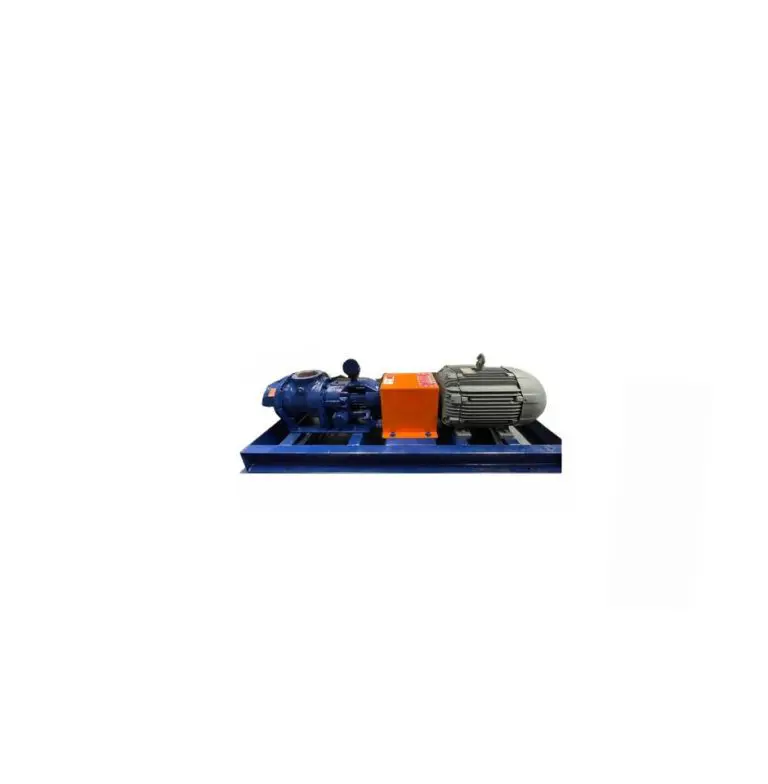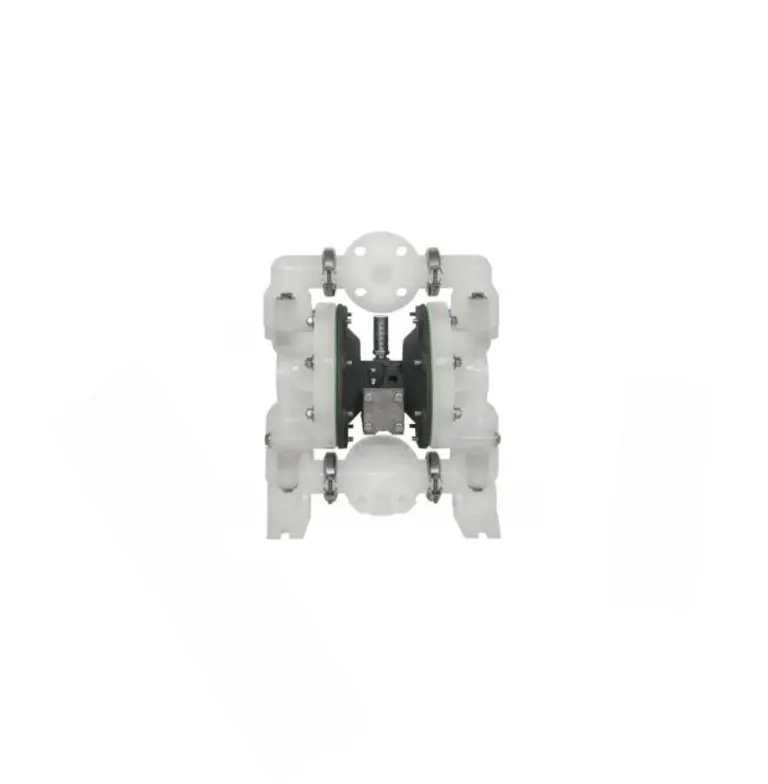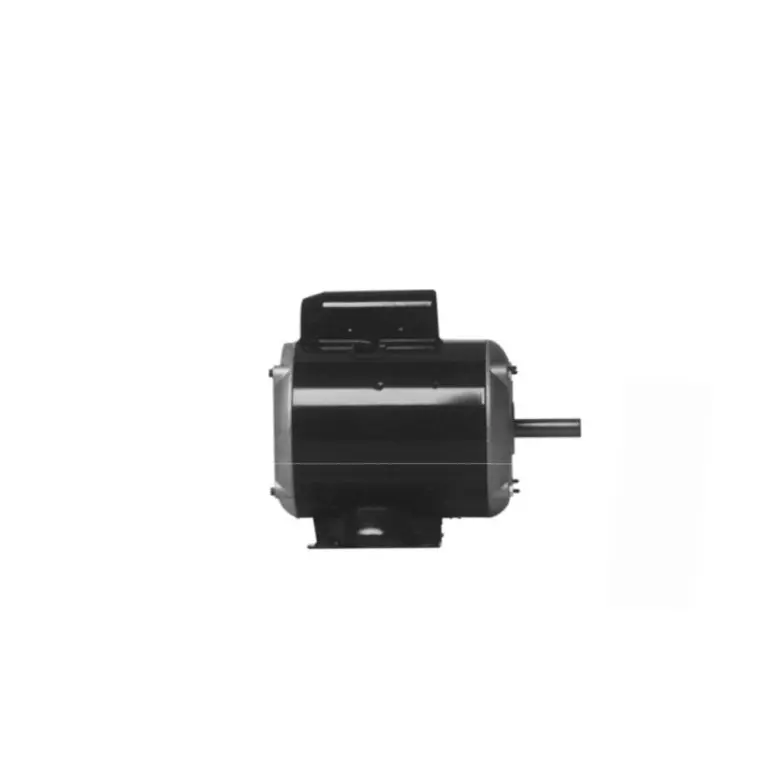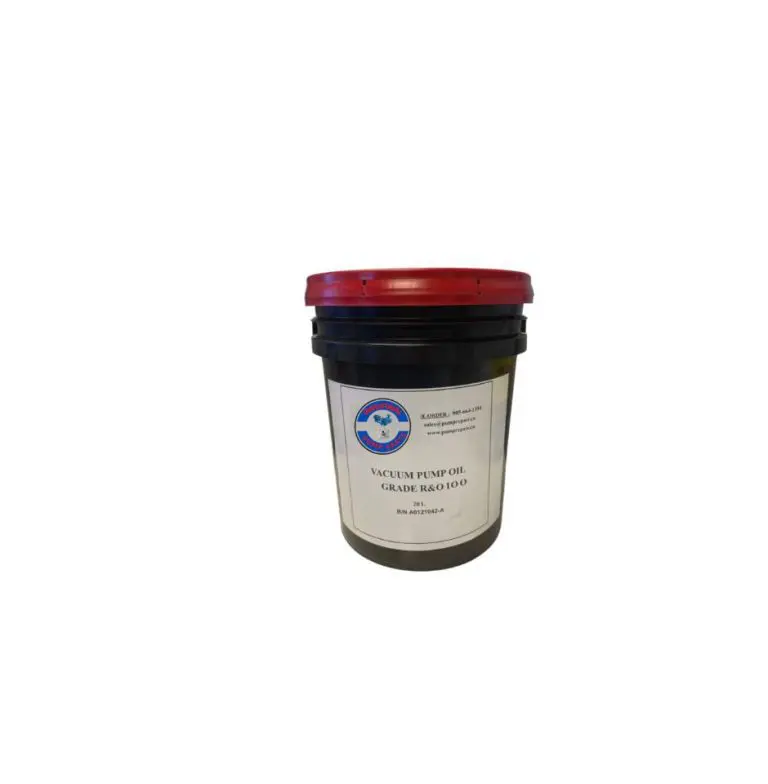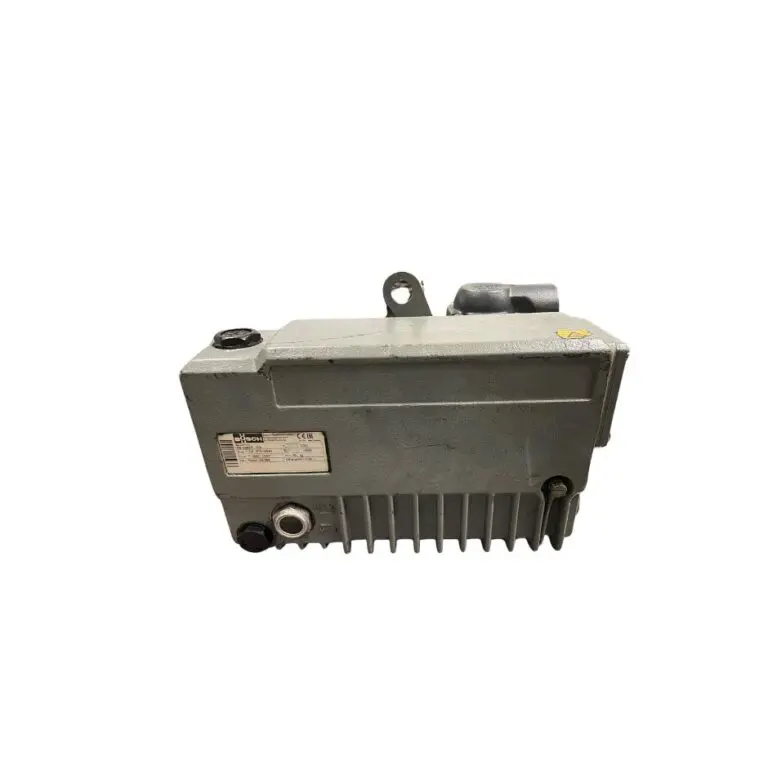Vacuum Pumps – Information & Repairs
What are Vacuum Pumps?
If you’re looking for a history of vacuum pumps, check out the Wiki page here. This post is about the current state of vacuum pumps in an industrialized setting.
Generally speaking, a vacuum pump may consist of multiple chambers/storage/holding areas. As molecules of gas/air/fluid are moved from one chamber to the next, they create a difference in pressure.One area or chamber will have low pressure, and one with high pressure, and the purpose of this is generally to create an alternative exit for an undesired element within a system or circuit.
Basically, a vacuum pumps purpose is to create a volume with a pressure LOWER than atmospheric (normal earthly pressure).
More simply, a vacuum pump’s purpose is to pull in or push out a gas or liquid from a sealed, confined space, leaving behind a vacuum. This can be used to pull or push in a different gas or liquid. Often seen in industrial Owen chambers.
Where Are Vacuum Pumps Used?
Vacuum pumps are often used in industries that deal with refrigeration. The closed systems of refrigerants often requires gases or liquids to be expelled to keep them running properly.
They are also used for systems that require the evacuation of air for sealing, cleaning, and otherwise assuring no gasses or air remain in a finished product or process.
Dual stage vacuum pumps are a more efficient way to produce a vacuum, as the first stage of the pump does not have to reach atmospheric pressure to expel its gasses or exhaust. That happens in the second stage.
Familiar Examples of Vacuum Pumps in Action
A familiar household item that bears the same name is a great example of the simplicity, and efficiency of vacuum pumps in action.
Your home’s vacuum cleaner uses a simple vacuum pump to suck the air & dust in from one side. It is collected in a sealed container, and an exhaust port allows the air to escape, but the dust and dirt remain.
Your car also has a vacuum pump among its many components. It pushes air into your engine to increase the power of the vehicle. More air means more power for the engine.
Are There Different Types of Vacuum Pumps?
There are two main types of vacuum pumps, though each consists of specific sub components that are necessary to maintain functionality and ability to displace volumes and pressure from chamber to chamber.
The two types of vacuum pumps are gas transfer pumps and trapping pumps (otherwise known as entrapment pumps).
Gas Transfer Pumps
- Positive Displacement Vacuum Pump
- Kinetic Pumps
Positive Displacement Pumps:
In a displacement pump, one volume of gas is on one side of the pump’s inlet (an inlet is the opening on one side of the pump). On the other side, the outlet’s chamber expands to create a negative pressure.
This negative pressure causes the inlet volume to flow through the pump and it passes through the outlet to the expanded chamber. This transfer continues until either the pressure equalizes, or the gas volume of the inlet chamber is exhausted (nothing left).
The seal between the chamber closes off. If the inlet chamber is one that refills, the process of expanding and pressurizing can be repeated until the outlet chamber is full.
Where Are Positive Displacement Pumps Used
Positive displacement pumps are often used to pump fluids and material that is usually thicker than water, such as oil, and certain food commodities. As such you’ll find positive displacement pumps are used in the oil & gas industry, as well as farming & agriculture.
Kinetic Transfer Pumps
Kinetic transfer pumps work differently from displacement pumps in that they involve a rotating or spinning element. These rotors or propellers are angled, and when they spin at high speeds, they will agitate and speed up the gas/volume in the inlet chamber.
As the rotation continues, it creates a vacuum effect that draws in more fluid from the source.
Once the gas has reached the critical force required, it will be pushed through the inlet of the pump, through the valve between, then will go through to the outlet chamber.
A kinetic transfer pump is not quite as powerful as a displacement pump, so they are often used for less demanding pumping needs, such as
Where are Kinetic Transfer Pumps Used?
Kinetic pumps are more often used in systems that use water to drive pressure and other mechanical elements.
Entrapment Pumps
Entrapment pumps are are rare breed indeed, unlike the other types of pumps, an entrapment pump is placed inside the volume or container. In other words, instead of connecting the pump to a system or container by hoses and clamps, the entrapment pump would be inside the system or container.
Imagine a large drum of fluid, the entrapment pump would be placed insider the drum.
Through the advanced usage of planned chemical reactions, the pump removes condensation left by the molecules in the space when they react with the surface of the pump.
When these molecules accumulate, they form a thin layer, which is easier to remove by vacuum than the original source material. Sometimes it happens by lowering the temperature to turn a gas into a liquid or a liquid into a solid, such as in an ion pump.
The functionality of an entrapment pump is hard to visualize, but if we think about cryo pumps that effectively freeze certain gases so that they can be collected on the pumps surface.
Other Extensions of Vacuum Pumps:
It is important to note that there are several other classifications of vacuum pumps, and each has its own particular use cases.
Consider the vacuum blower, and the vacuum booster.
What exactly do these important components do?
Vacuum Boosters:
Vacuum boosters are an additional component in a vacuum pump system that is used to make the vacuum effect much stronger. A stronger vacuum means faster pumping, and a wider (or deeper) range of vacuum.
Special notes: Boosters are heavily used in the chemical & plastics industries.
Vacuum Blower:
A vacuum blower is more about capacity and flow rate, where a strong vacuum isn’t needed, but high suction capacity is. You tend to see vacuum blowers in operation when dealing with harder to move materials such as cement and granular type products.
Special notes: Blowers don’t typically require oils or lubricants, and can operate quietly.
Why do Vacuum Pumps Break Down?
Like any mechanical devices that contains many moving parts, the different types of vacuum pumps are subject to require regular repairs and maintenance.
For the kinetic transfer type of vacuum pump, the most common point of failure is the propeller or impeller. Due to the many rotations, the drive shaft can wear down, and the propellers can break or loosen.
For displacement pumps, the seals and mechanisms responsible for opening and closing at precisely the right times may erode, or fail to achieve a perfect seal. This is often when seal repairs are required.
Entrapment pumps may operate in a limited capacity as the reactive elements wear down or the unit itself becomes clogged with debris from tough jobs.
How Do I Repair a Vacuum Pump?
Repairing each type of vacuum pump requires a specialized technician in order to properly assess the unit.
With Industrial Pump Repair Canada, the pump repair technicians on site have equipment than can analyze flow states, pressure stability, vacuum efficiency, and overall pump endurance.
With the inspection assessment, and approval to proceed with the pump repair work, the vacuum pump will be repaired with precision in such a way that is returned to a state of OEM (Original Equipment Manufacturer) standard, or better.
Brands of Vacuum Pumps Serviced:
Trusted Pump Repair Technicians in Southern Ontario
Trusting the repairs of industrial pumps of any variety, not just vacuum pumps, but centrifugal pumps, process pumps and more to a company like Industrial Pump Repair Canada in an important part of maintaining your company’s equipment.
Having a trusted and local pump repair specialist on call for your vital equipment is very handy. This trust in repair ability spans across Southern Ontario, including:
- Hamilton
- Stoney Creek
- Burlington
- Oakville
- Ancaster
- Mississauga
- and the GTA, Greater Toronto Area, of course.
Company Contact Information
210-A Arvin Ave,
Stoney Creek, ON
L8E 2L8
(905) 664-1394
https://www.industrialpumprepair.ca
